Succeeded by Miguel Juarez Preceded by Jose E. Uriburu Name Julio Roca | Spouse Clara Funes (m. 1872) Preceded by Nicolas Avellaneda | |
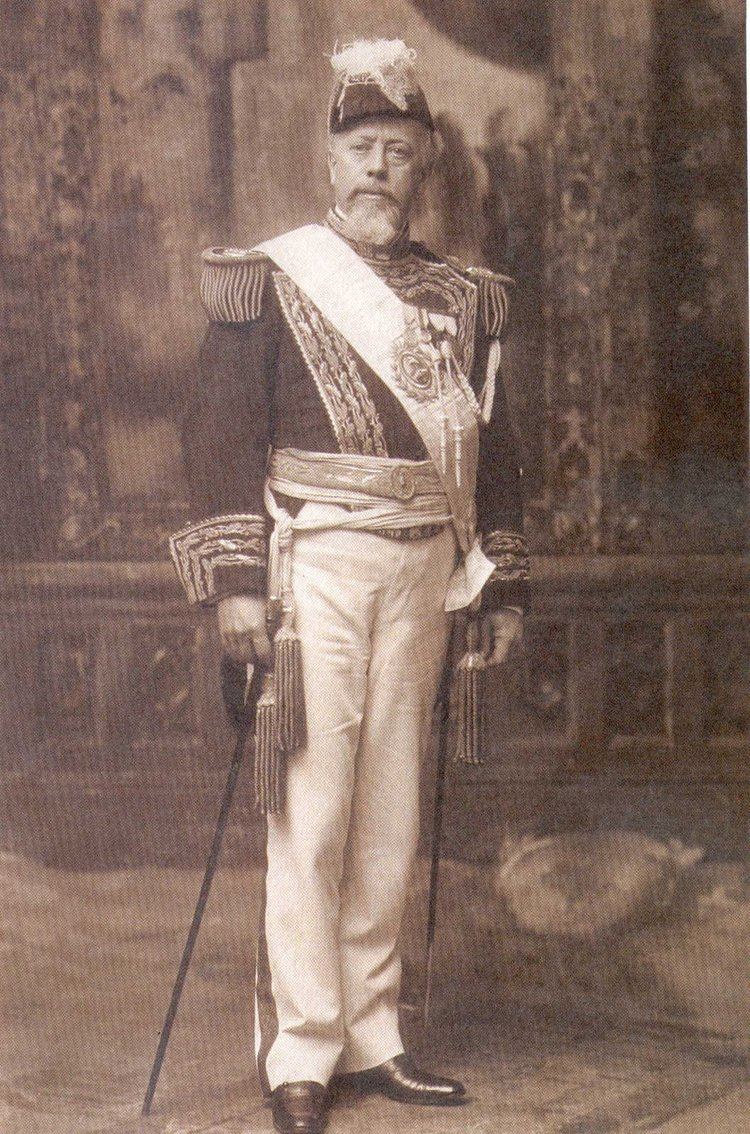 | ||
Vice President Francisco Bernabe Madero Children Julio Argentino Pascual Roca, Josefina Roca, Maria Marcela Roca, Clara Roca, Elisa Roca, Agustina Roca Presidential terms October 12, 1898 – October 12, 1904, October 12, 1880 – October 12, 1886 Parents Don Jose Segundo Roca, Agustina Paz Roca Similar People Domingo Faustino Sarmiento, Nicolas Avellaneda, Miguel Angel Juarez C, Conrado Villegas, Eva Peron | ||
Avenida diagonal sur avenida presidente julio argentino roca buenos aires argentina hd
Alejo Julio Argentino Roca Paz (July 17, 1843 – October 19, 1914) was an army general who served as 8th President of Argentina from 12 October 1880 to 12 October 1886 and 13th from 12 October 1898 to 12 October 1904. Roca is best known for directing the "Conquest of the Desert", a series of military campaigns against the indigenous peoples of Patagonia.
Contents
- Avenida diagonal sur avenida presidente julio argentino roca buenos aires argentina hd
- Historia Confidencial Julio Argentino Roca
- Upbringing and early career
- Political beginnings
- First presidency
- Continuing political involvement
- Second presidency
- Later years
- Books
- References
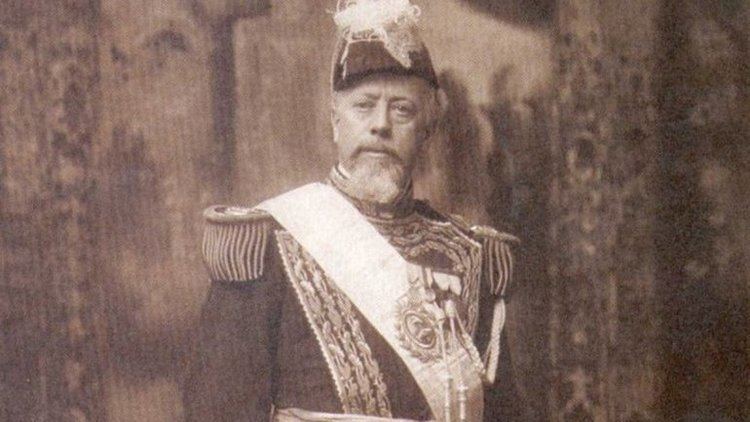
Historia Confidencial: Julio Argentino Roca
Upbringing and early career
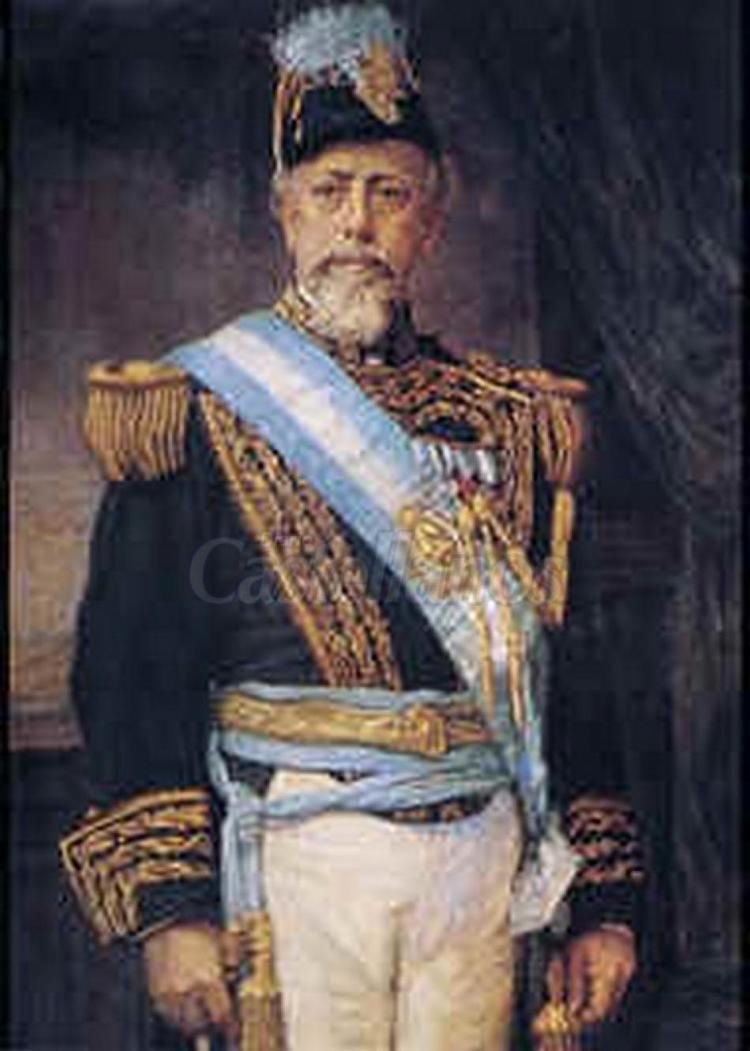
Julio Roca was born in the northwestern city of San Miguel de Tucumán in 1843 into a prominent local family. He graduated from the National College in Concepción del Uruguay, Entre Ríos. Before he was 15, Roca joined the army of the Argentine Confederation, on 19 March 1858. While still an adolescent, he went to fight as a junior artillery officer in the struggle between Buenos Aires and the interior provinces, first on the side of the provinces and later on behalf of the capital. He also fought in the War of the Triple Alliance against Paraguay between 1865 and 1870. Roca rose to the rank of colonel serving in the war to suppress the revolt of Ricardo López Jordán in Entre Ríos. President Nicolás Avellaneda later promoted him to General after his victory over rebel general José M. Arredondo in the battle of Santa Rosa, leading the loyalist forces.
Political beginnings
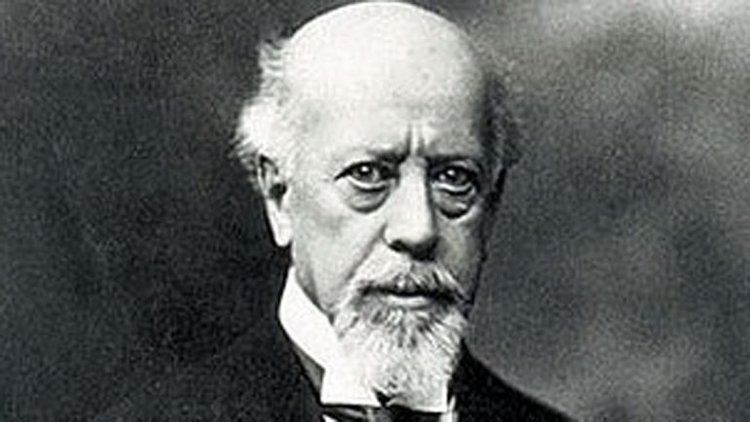
In 1878, during Avellaneda's presidency, he became Minister of War and it was his task to prepare a campaign that would bring an end to the "frontier problem" after the failure of the plan of Adolfo Alsina (his predecessor). The Indians frequently assaulted frontier settlements and stole horses and cattle, and the captured women and children were enslaved or offered as brides to the warriors. Roca's approach to dealing with the Indian communities of the Pampas, however, was completely different from Alsina's, who had ordered the construction of a ditch and a defensive line of small fortresses across the Province of Buenos Aires. Roca saw no way to end native attacks (malones) but by putting under effective government control all land up to the Río Negro in a campaign (known as the Conquest of the Desert) that would "extinguish, subdue or expel" the Indians who inhabited there. This land conquest would also strengthen Argentina's strategic position against Chile.
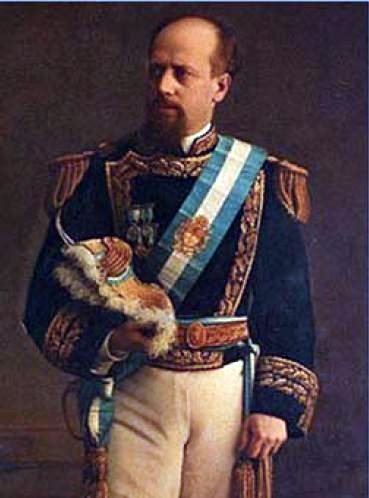
He devised a "tentacle" move, with waves of 6,000 men cavalry units stemming coordinately from Mendoza, Córdoba, Santa Fé and Buenos Aires in July 1878 and April 1879 respectively, with an official toll of nearly 1,313 Native Americans killed and 15,000 taken as prisoners, and is credited with the liberation of several hundred European hostages.
First presidency
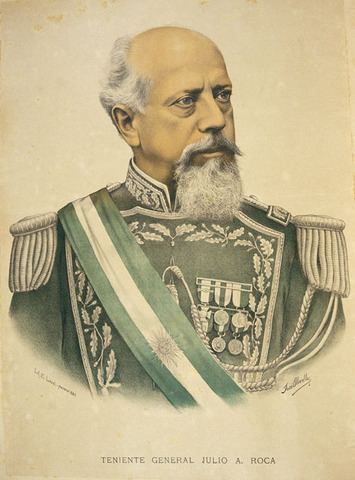
In mid-1879, after the death of Alsina, the most prestigious character of the National Autonomous Party was General Roca, which was proposed as a candidate by Cordoba's governor Miguel Celman, and in Buenos Aires by the doctor Eduardo Wilde; quickly gained the support of most of the Argentine state governors. The April 11 elections for president, which came a sweeping victory for the voters of Roca, except in Buenos Aires and Corrientes. On June 13 the Electoral College met and elected President General Roca and Vice President Francisco Bernabé Madero. But in Buenos Aires it was brewing a revolution against the triumph of Roca. Four days later the fighting began, which ended on June 25 with an agreement between the province and the nation; the revolution of 1880 had cost 3,000 dead. Shortly before the presidential inauguration Roca was passed in Congress federalization of Buenos Aires. Under his mandate the so-called "laicist laws" (Leyes Laicas) were passed, which nationalized a series of functions that previously were under the control of the Church. He also created the so-called Registro Civil, an index of all births, deaths and marriages. President Roca also made primary education free of charge by nationalizing education institutions run by the Church. This led to a break in relations with the Vatican. Under Roca's rule the economy became state controlled and he presided over an era of rapid economic development fueled by large scale European immigration, railway construction, and agricultural exports. However, financial speculation and government corruption marred his administration. In May 1886 Roca was the subject of a failed assassination attempt.
Continuing political involvement
Roca did not participate in the 1890 revolution, which was instigated by Leandro N. Alem and Bartolomé Mitre (Unión Cívica, later Unión Cívica Radical). However, he was pleased in the resulting weakness of Miguel Juárez Celman. Roca himself had put forward Juárez Celman as his successor, who also happened to be his brother-in-law. However, Celman distanced himself from Roca and reprivatized large sectors of the economy in a corrupt fashion.
After his first presidency Roca became a senator and Minister of the Interior under Carlos Pellegrini. After President Luis Sáenz Peña resigned in January 1895, José Evaristo Uriburu took over the presidency, during which Roca was President of the Senate. Because of this, Roca again assumed the duties of President between 28 October 1895 and 8 February 1896, when Uriburu was ill.
Second presidency
In the middle of 1897 the Partido Autonomista Nacional party put forward Roca as a presidential candidate once more. Unopposed, he was able to begin a second regular time in office on 12 October 1898. During his second presidency, the Ley de Residencia law was passed, which made it possible to expel Argentina's trade union leaders. During this presidency military service was introduced in 1901 and a border dispute with Chile was settled in 1902. Luis Drago, Roca’s foreign minister, articulated the Drago Doctrine of 1902 asserting that foreign powers could not collect public debts from sovereign American states by armed force or occupation of territory. Roca's second term ended in 1904.
Later years
In 1912 Roca was appointed as Special Ambassador of Argentina to Brazil by President Roque Sáenz Peña. Roca returned to Argentina in 1914 and died in Buenos Aires on October 19, 1914. His son, Julio Argentino Roca, Jr., became vice-president of Argentina in 1932-1938. Julio Argentino Roca was buried in La Recoleta Cemetery in Buenos Aires.
In recent years, there has some re-evaluation of Roca's involvement in the Conquest of the Desert, with some groups claiming that he should be regarded as guilty of a form of genocide against the Indians
